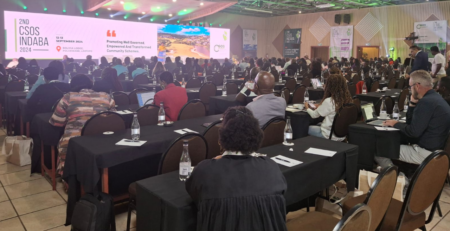The power and effect of the levy clearance certificate: preserved by the SCA
In the complex arena of sectional title law, the recent Supreme Court of Appeal judgment in the case of Body Corporate of Marsh Rose v Steinmuller and Others has cast a spotlight on the pivotal role of the “embargo provision” as outlined in the Sectional Titles Act 95 of 1986, and why it must be protected and its power preserved. The provision stands as a fortification for property owners and other stakeholders, ensuring that financial obligations tied to a sectional title property are settled before its transfer. It is an assurance for bodies corporate and other types of community schemes across South Africa.
The Marsh Rose case grapples with the nuanced dynamics between a body corporate and purchasers at sales in execution. It underscores the enforceability of the embargo provision, even when the body corporate is not the one initiating the foreclosure of the sectional title property (in this case it was the bank, as judgment creditor). The ruling provides a stark reminder of the purchaser’s contractual duty to settle outstanding levies, irrespective of their stance on the body corporate’s claims against the former owner. This case highlights the SCA’s interpretation that the embargo provision does not give rise to a statutory claim against a transferee of the property, but is a mechanism to secure the financial interests of the body corporate prior to the transfer of a property.
The implications of this case are far-reaching, affecting not only sectional title schemes but also other community ownership structures, such as Homeowners Associations. The decision serves as a legal touchstone, clarifying the extent of the embargo provision’s reach and the obligations it imposes on potential purchasers. The SCA’s judgment is a clarion call for meticulous attention to the contractual agreements at sales in execution, emphasising the enduring power of the embargo provision in the landscape of property transfers.
Click below to read the full article for a more in-depth analysis of this case:








